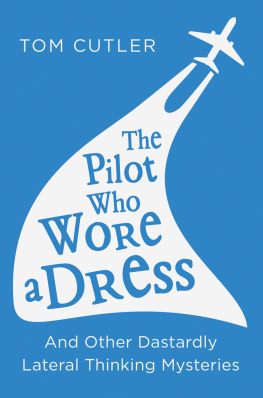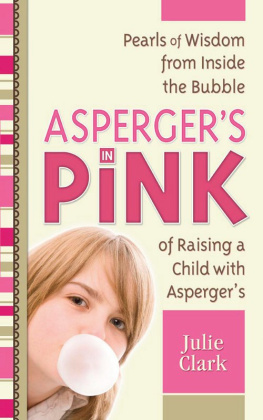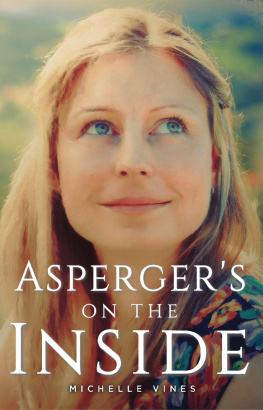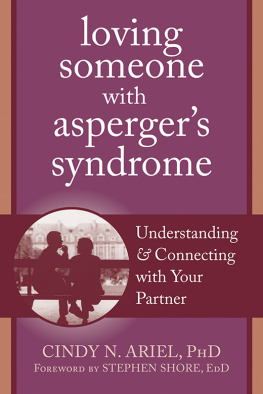
Keep Clear
Tom Cutler is a bestselling author of humour books, including the Amazon number-one blockbuster 211 Things a Bright Boy Can Do . His titles have been translated into several languages. In 2016 he was identified as being on the autism spectrum. This, he says, was the happiest day of his life.
Scribe Publications
2 John St, Clerkenwell, London, WC1N 2ES, United Kingdom
1820 Edward St, Brunswick, Victoria 3056, Australia
Published by Scribe in 2019
Copyright Tom Cutler 2019
All rights reserved. Without limiting the rights under copyright reserved above, no part of this publication may be reproduced, stored in or introduced into a retrieval system, or transmitted, in any form or by any means (electronic, mechanical, photocopying, recording or otherwise) without the prior written permission of the publishers of this book.
For the protection of the persons and organisations involved, some names and identifying details have been changed.
The moral rights of the author have been asserted.
The Autism-Spectrum Quotient and empathisingsystemising (ES) theory scatter plot have been reproduced in this book by kind permission of the Autism Research Centre.
9781911617563 (UK edition)
9781925713770 (Australian edition)
9781925693157 (e-book)
Catalogue records for this book are available from the National Library of Australia and the British Library.
scribepublications.co.uk
scribepublications.com.au
For Marianne
Then said they unto him, Say now Shibboleth:
and he said Sibboleth: for he could not
frame to pronounce it right.
JUDGES 12:6
Contents
Prologue
On the desk in front of me, bearing the crown and shield of the royal coat of arms of Her Majestys Stationery Office, is Statutory Instrument Number 1857, The Traffic Signs Regulations and General Directions 1964 . This document sets out the now familiar system of signage devised for use on British roads after 1 January 1965. The floppy 112-page compendium contains specimen signs set in the attractive and superbly efficient Transport typeface Ring road , Picnic area , Cattle grid alongside rules for the deployment of Britains classic pictographic road signs red circles and triangles containing a cow, falling rocks, a walking man, each pared down to its quintessential silhouette.
The booklet gives off a musty, friendly smell. It is the smell of years on an antiquarian booksellers shelf, the smell of 1964. Circling the government shield, a heraldic garter bears the motto, Honi soit qui mal y pense , Shame be on him that evil thinks, the maxim of a more polite, more trusting dominion now vanished. I love this little book and come back to it often.
On the shelf beyond are some of the other books that I return to time and again: The Secrets of Conjuring and Magic , 1877, by Jean Eugne Robert-Houdin; An Essay on Typography by Eric Gill; Metro Maps of the World ; The Oxford Medical Dictionary. Non-fiction reference books all, these volumes highlight something of my eccentric and peculiar nature, which until lately had mystified and grieved me.
Why these weird interests? Why my strange tastes in music, food, and clothes, my persistent routines and loathing of variation? Why the hypersensitivity to sounds and smells, the mind-scrambling overload when in a supermarket or using a ticket machine? Why the crippling anguish when meeting people and why had someone just told me, yet again, You are the rudest man I have ever met?
For half a century, all this had been a painful puzzle, causing me frustration, bemusement, and deep loneliness. For decades, the real me had been hidden behind a faade of facile wit and practised social formulas. I was going through the motions.
That was until one night, not so long ago, when, the pressure inside me having built to an uncontainable degree, the floodgates burst in a brief episode of craziness.
Since that mini collapse, I have begun, little by little, and with the help of some expert people, to understand whats been going on for so long, to put a name to the shadows in the cave, to reconcile myself with myself.
The things that happen in this book are true, though various people and places have been disguised. But to understand how it all unfolded we must go back to the chilly autumn of 2015.
Chapter 1:
Falling rocks

Even in our sleep, pain, which cannot forget,
falls drop by drop upon the heart.
AESCHYLUS
It was four thirty on a dark September morning and I was suddenly awake. I knew straight away that something was wrong.
The house was quiet and I could hear the steady breathing of my wife Lea in bed beside me, but I was feeling extremely strange. My pulse was pounding fast and hard, and with each beat my heart seemed to strike my ribcage an abnormally hefty thump. I felt hot and cold all over, my skin was prickling, and I was sweating like a runner.
Outside, the street was dark and still, the hush disturbed only by the mewing of an early gull. The streetlamp opposite cast an eerie glow through the blinds and across my hands as I turned them over and over, closely examining the veins, which appeared black against the orange skin. Somehow they didnt seem to belong to me. Were they really different in some way or was the streetlight playing tricks? I took a hard look at my palms, crisscrossed as they are with the fine creases of middle age. Extending my arms in the semi-darkness I detected a growing tremor in my fingers. I was feeling very strange and very unwell. What the hell was this?
Sitting up, I swung my legs gingerly over the edge of the bed and planted my feet on the rug. Immediately below my ribcage my abdomen felt bloated. Did it look abnormal? By the green glimmer of the clock on the bedside table it was hard to say. One funny thing my feet seemed to be more distant than they ought to be, as if seen through novelty glasses.
The periphery of my visual field began to narrow like a closing velvet pouch. I started to salivate. The area postrema, the so-called vomit centre of the brain, was going into action. Feeling as if I might pass out, I tilted my torso sharply forward.
After a while, the nausea ebbed and I sat up again. My tremor had become a steady shiver now. I took a draught of water, holding on to the glass with both hands. All at once something very bad happened: I was overtaken by the alarming conviction that I was about to die. The sensation was real and frightening. This was it. I was going to die.
This sense of impending doom was something I remembered reading about. People having heart attacks sometimes report it. My own heart was now jumping spasmodically and my breathing was short and fast.
Was I having a heart attack? I know the symptoms because health is a subject in which I take a special interest. To Lea, it is actually more of an obsession. She says its morbid to pore over the medical news every day, but I am fascinated by the mechanics of the bodys processes and systems. I am a natural diagnostician, and perhaps would have made a good doctor. I remember as a boy being distracted by the back copies of Nursing Mirror in the reference library when I was supposed to be revising for my A levels. I would flip compulsively to the photographic quiz that illustrated distempers of every kind in harsh black-and-white, and would try to guess the disease, when I should have been going over my art history notes.
The typical symptoms of a heart attack include these:
- Pain, pressure, or tightness in the centre of the chest, possibly travelling to the arm/s, jaw, neck, back, or abdomen
Next page















